英语中疑问句有哪些
疑问句是问一些事情的,可分为:一般疑问句和特殊疑问句
一、一般疑问句
一般疑问句也可称为 “yes / no questions”,因这种问句通常用yes / no来回答,相当于汉语中的“……吗?”其语序是:系动词be / 助动词/ 情态动词+主语+其他成分?如:
Are you from Japan?
Yes I am. / No I'm not.
Is her sister doing her homework now?
Yes she is. / No she isn't.
Does he work in a bank?
Yes he does. / No he doesn't.
Do you live near your school?
Yes I do. / No I don't.
Can you speak French?
Yes I can. / No I can't.
May I go home now?
Yes you may. / No you mustn't.
注意:
1.将陈述句变为一般疑问句时,如句中有be 动词(am is are …)时,可直接将它们提至主语前。如主语为第一人称,应将其改为第二人称。如:
I'm in Class 2Grade 1. →
Are you in Class 2Grade 1?
We're watching TV. →
Are you watching TV?
2.陈述句中有情态动词(can may must …)时,也可直接将它们提至主语前,即可成为一般疑问句。如:
He can swim now. →
Can he swim now?
The children may come with us. → May the children come with us?
3.陈述句中只有一个实义动词作谓语且其时态为一般现在时,变为一般疑问句时要在句首加do或does 主语后的实义动词用原形。如:
I like these animals. →
Do you like these animals?
She wants to go to the movies. → Does she want to go to the movies?
4.一般疑问句一般读升调(↑)
5.一般疑问句有时不用yes或 no 回答。如:
Are they in town now?
I think so.
May I sit here?
Certainly.
Does he like soccer?
Sorry I don't know.
二、特殊疑问句
以疑问词开头,对句中某一成分提问的句子叫特殊疑问句。常用的疑问词有:what who whose which when where how why等。
特殊疑问句有两种语序:
1.如疑问词作主语或主语的定语,即对主语或主语的定语提问,其语序是陈述句的语序:疑问词(+主语)+谓语动词+其他成分?如:
who is singing in the room?
whose bike is broken?
2.如疑问词作其他成分,即对其他成分提问,其语序是:疑问词+一般疑问句语序? 如:
what class are you in?
What does she look like?
Where are you from?
What time does he get up every morning?
How do you know?
注意:
1.回答特殊疑问句时,不能用yes / no,即问什么答什么,尤其是简略回答。如:
Who is from Canada?
Helen (is).
Where's the restaurant?
Near the station.
Why do you like koalas?
Because they are cute.
2.特殊疑问句一般读降调(↓)。
一般疑问句的结构有两种形式:一种是由be动词引导的疑问句。其结构是“be+主语+其它部分?”肯定回答用“Yes,主语+be.”,否定回答用“No,主语+be+not.”。be和not可用缩写形式。
—Is this your English book? 这是你的英语书吗?
—Yes,it is. 是的,它是。
—No,it isn`t. 不,它不是。
第二种形式是由助动词或情态动词引导,其结构是“助动词(情态动词can)+主语+动词原
形+其它部分?”肯定回答用“Yes,主语+情态动词(或do).”否定回答用“No,主语+情态动
词(或do)+not.”。情态动词或助动词也常用缩写形式。
—Can you spell your name? 你会拼写你的名字吗?
—Yes,I can. 是的,我会。
—No,I can`t.不,我不会。
版权声明:本文由哟品培原创或收集发布,如需转载请注明出处。

